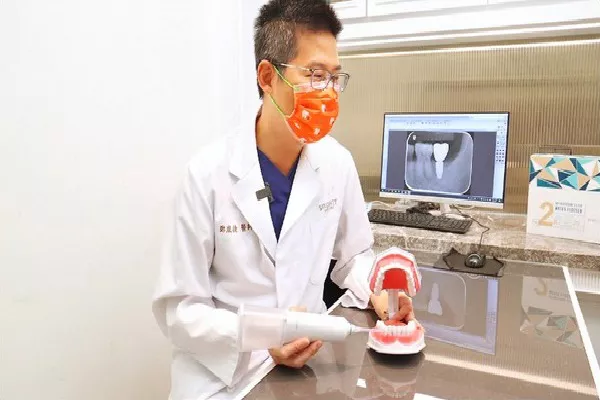Gum grafting is a surgical procedure performed to treat various gum issues, including gum recession, which exposes the roots of teeth and can lead to sensitivity and aesthetic concerns. While the procedure itself is crucial for restoring gum health, understanding what happens during the healing process is equally important. In this comprehensive guide, we will explore the stages of gum graft healing and what you can expect your gum graft to look like as it heals.
The Purpose of Gum Grafting
Before diving into the healing process, let’s briefly discuss why gum grafting is necessary. Gum grafting is a common dental procedure designed to:
Correct Gum Recession: When the gum tissue surrounding the teeth recedes or pulls away, it can expose the sensitive tooth roots. Gum grafting restores gum tissue to cover these areas, preventing further recession and reducing tooth sensitivity.
Improve Aesthetics: Gum recession can result in an uneven gumline, making teeth appear longer than they should. Gum grafting helps create a more pleasing and natural smile.
Protect Tooth Roots: Exposed tooth roots are more susceptible to decay and damage. Gum grafts provide a protective barrier for these vulnerable areas.
Stages of Gum Graft Healing
Gum graft healing typically occurs in several stages, with each stage serving a specific purpose in the recovery process:
Immediate Post-Operative Phase:
Right after the gum graft surgery, your gums will be covered with a protective dressing or surgical pack.
You may experience some discomfort, swelling, and mild bleeding, which are normal and usually subside within a few days.
During this phase, it’s essential to follow your dentist’s post-operative care instructions, including taking any prescribed pain medications and avoiding certain foods that may irritate the surgical site.
Initial Healing (1-2 Weeks):
As the days pass, you will notice changes in your gum graft. The protective dressing will start to dissolve, revealing the graft underneath.
Swelling and discomfort will gradually decrease during this time.
It’s crucial to maintain excellent oral hygiene by gently rinsing your mouth with warm saltwater and avoiding vigorous brushing and flossing near the graft site.
Intermediate Healing (2-6 Weeks):
During this phase, your gum graft will continue to evolve.
You may notice some changes in color and texture as the graft integrates with your existing gum tissue.
The graft may appear slightly raised or uneven, but this is usually temporary as it settles and conforms to your natural gumline.
Continue following your dentist’s instructions regarding oral hygiene and any dietary restrictions.
Final Healing (Several Months):
Complete healing and stabilization of the gum graft can take several months.
By this stage, the graft should blend seamlessly with your surrounding gum tissue.
Sensitivity to hot or cold temperatures should diminish significantly.
Regular dental check-ups will help monitor your progress and ensure the graft has healed properly.
What to Expect During Healing
As your gum graft heals, you can expect the following:
Color Changes: The graft may appear paler or lighter in color compared to your natural gum tissue initially. Over time, it will likely regain a more natural color.
Texture Changes: The graft may feel slightly different in texture than your surrounding gums during the healing process. It may be smoother at first but should gradually become more like your natural gum tissue.
Swelling and Discomfort: Swelling and discomfort are common in the immediate post-operative phase but should subside as healing progresses. Over-the-counter pain relievers can help manage discomfort.
Dietary Restrictions: Your dentist may recommend a soft or modified diet during the early healing stages to avoid placing excessive pressure on the graft site.
Oral Hygiene Care: Gentle oral hygiene practices are crucial during healing. Your dentist may provide specific instructions for cleaning the graft site.
Conclusion
Gum grafting is an effective procedure for addressing gum recession and improving both oral health and aesthetics. Understanding the stages of gum graft healing and what to expect during each phase can help alleviate any concerns you may have. Remember to follow your dentist’s post-operative care instructions diligently and attend follow-up appointments to ensure that your gum graft heals successfully. While the appearance of your gum graft may change during healing, the ultimate goal is to achieve a healthy and natural-looking gumline that enhances your smile and protects your teeth.
Related Topics:































